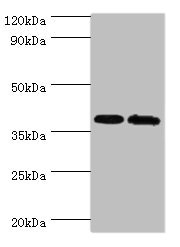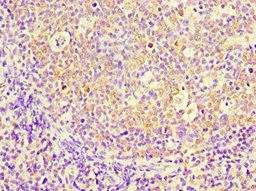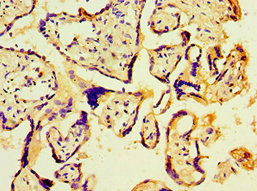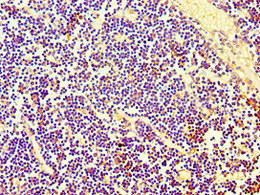Full Product Name
Rabbit anti-Homo sapiens (Human) PBK Polyclonal antibody
Alternative Names
Cancer/testis antigen 84 antibody; CT84 antibody; Epididymis luminal protein 164 antibody; FLJ14385 antibody; HEL164 antibody; Lymphokine activated killer T cell originated protein kinase antibody; Lymphokine-activated killer T-cell-originated protein kinase antibody; MAPKK like protein kinase antibody; MAPKK-like protein kinase antibody; Nori 3 antibody; Nori-3 antibody; Nori3 antibody; PBK antibody; PDZ binding kinase antibody; PDZ-binding kinase antibody; Serine/threonine protein kinase antibody; Spermatogenesis related protein kinase antibody; Spermatogenesis-related protein kinase antibody; SPK antibody; T LAK cell originated protein kinase antibody; T-LAK cell-originated protein kinase antibody; TOPK antibody; TOPK_HUMAN antibody
Species Reactivity
Human, Mouse
Immunogen
Recombinant Human Lymphokine-activated killer T-cell-originated protein kinase protein (1-322AA)
Immunogen Species
Homo sapiens (Human)
Purification Method
Antigen Affinity Purified
Concentration
It differs from different batches. Please contact us to confirm it.
Buffer
PBS with 0.02% sodium azide, 50% glycerol, pH7.3.
Tested Applications
ELISA, WB, IHC
Recommended Dilution
| Application |
Recommended Dilution |
| WB |
1:200-1:1000 |
| IHC |
1:20-1:200 |
Storage
Upon receipt, store at -20°C or -80°C. Avoid repeated freeze.
Lead Time
Basically, we can dispatch the products out in 1-3 working days after receiving your orders. Delivery time maybe differs from different purchasing way or location, please kindly consult your local distributors for specific delivery time.
Usage
For Research Use Only. Not for use in diagnostic or therapeutic procedures.









